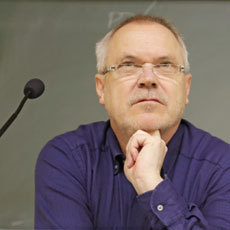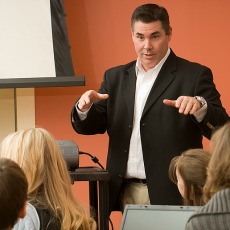Enhancing Out-of-Class Communication: Students’ Top 10 Suggestions
Out-of-class communication makes student-teacher relationships more personal and contributes to student learning. It is also the wellspring for continued academic exchange and mentoring. Unfortunately, electronic consultations via email have diminished the use of in-person office hours. Although students and faculty favor email contact because it’s so efficient, interpersonal exchanges still play an important role in the learning process—much research verifies this. As teachers we have a responsibility to encourage, indeed entice, our students to meet with us face-to-face.






